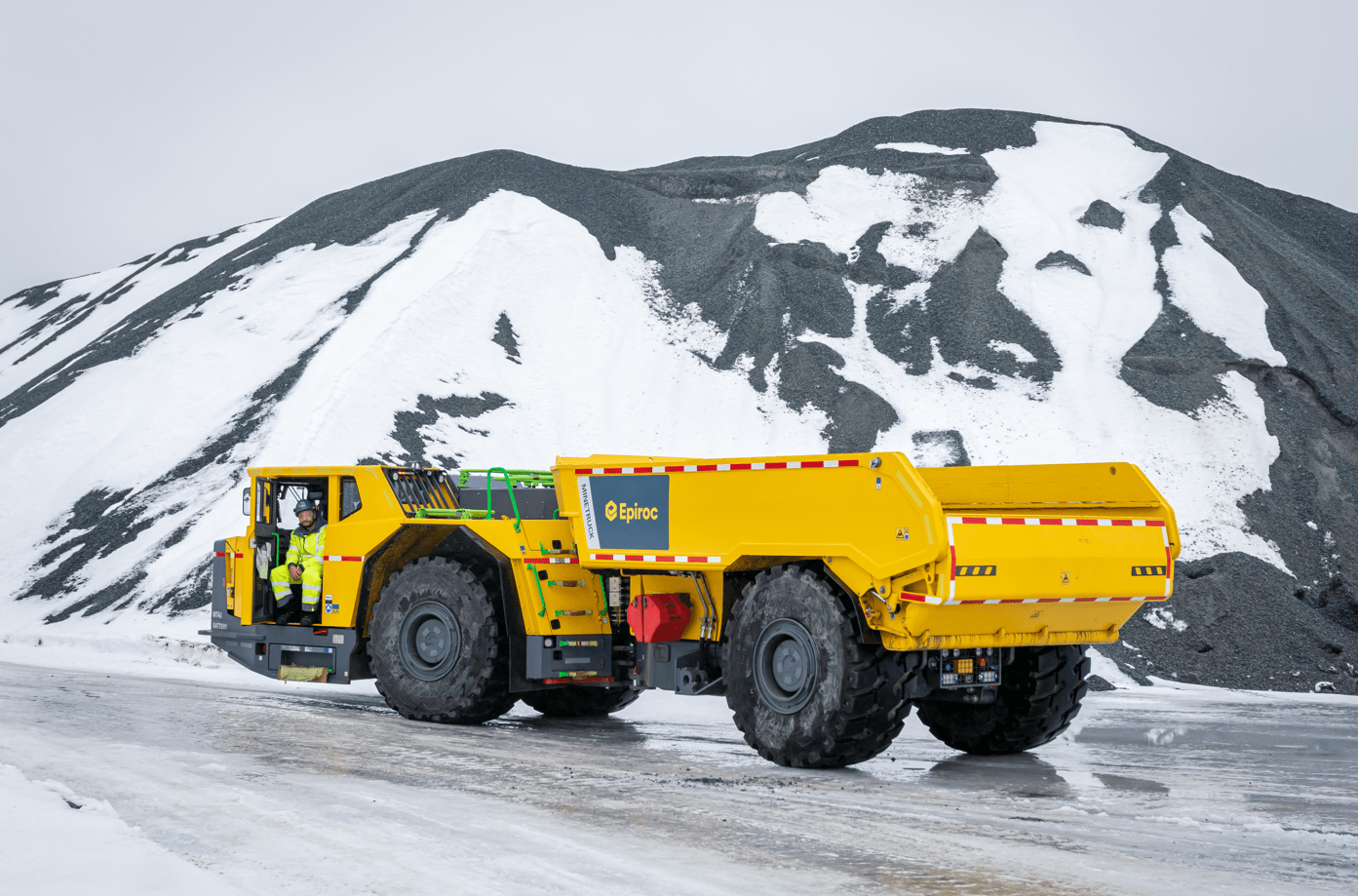
Around the globe, the mining industry is undergoing unprecedented change to keep up with demand surges. Operators that are innovating and advancing, making use of new vehicle technologies to improve efficiency, are inevitably winning – capitalising on growth opportunities.
One key trend – accelerated by the COVID-19 pandemic – is automation. Marcello Sanchez, global sales manager – mining, Dafo Vehicle Fire Protection, discusses the mining industry’s transition to automation, exploring the different risks associated with it and how operators can overcome these to ensure maximum safety and minimum downtime.
An autonomous future…
Worldwide, the mining industry is looking at the benefits of automation to:
- Increase efficiencies and productivity
- Enable prolonged operations to meet surging demand
- Enhance mine worker safety
- Reduce operational costs.
Levels of adoption differ around the globe, with Swedish and Canadian mines leading the way.
This transition is seeing many mines apply robotic technology to mining vehicles and machinery, enabling them to operate independently and effectively. That automation is realised in different forms for different mining sites, and may include:
- Remote control operation – where human operators can control mining vehicles from a distance. This is generally used to enhance worker safety for equipment operating in dangerous conditions, such as unstable terrain.
- Teleoperated mining equipment – where mining vehicles can be controlled by human operators situated in remote locations. Again, this takes the operator further from any area of danger, as cameras and sensors remove the need to be in the vehicle’s line of sight.
- Driver assist – where some functions and controls of the vehicle operation are automated, but needed to be supported by human input.
- Full automation – the ultimate direction of travel – where robotic components manage all critical vehicle functions. This is where the real productivity and efficiency gains lie, as multiple vehicles can be controlled and monitored by a single operator.
Understanding and reducing risk
The shift to autonomous vehicles and machinery is evidently a critical step froward for the mining industry’s future, presenting a huge opportunity for growth and improved worker safety – a longstanding issue. However, this does shift the risks facing mines, bringing about new considerations, which need to be addressed to ensure ongoing safety.
As mines increase automation adoption, there will be less personnel on site, or in close proximity to operating vehicles and machinery (particularly where vehicles are operating underground, with operators situated overground). As a result, it can be more complicated to detect fire risks and action the necessary preventative measures quickly to minimise risk.
This is seeing a growing need for automatic detection and suppression solutions, which are able to identify risk quickly, responding almost instantly to suppress risk, decreasing risk of downtime and limiting damage to the vehicle itself and any surrounding valuable assets.
Revisiting risk assessments
The critical first step when introducing any new vehicles on machinery – autonomous or not – is refreshing the site’s risk assessment. That enables a greater understanding of specific risks that need addressing to ensure safety.
Different systems are best suited to protect against different risks, so once you understand the risks, you can develop a tailored, fit for purpose, detection and suppression plan around these.
Ensuring ongoing safety
Ultimately, addressing the safety of autonomous vehicles by revisiting fire detection and suppression solutions will:
- Enhance mine safety for workers
- Diminish damage to valuable assets and equipment
- Minimise downtime
- Reduce false system activations, as systems will be tailored to individual applications.

